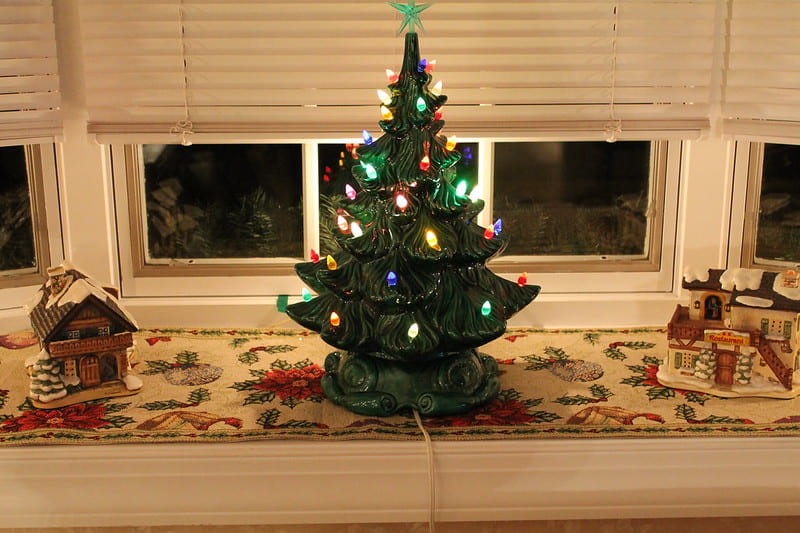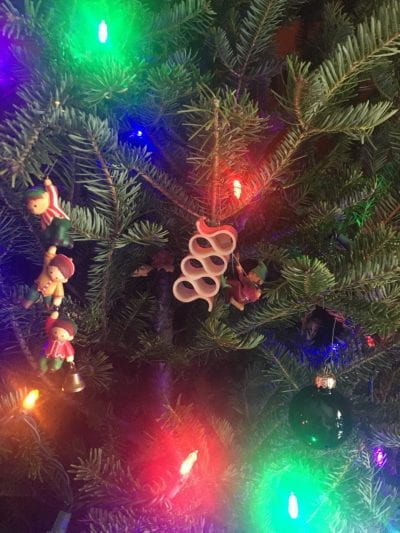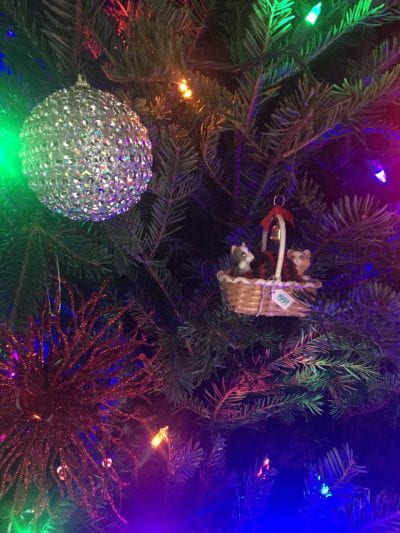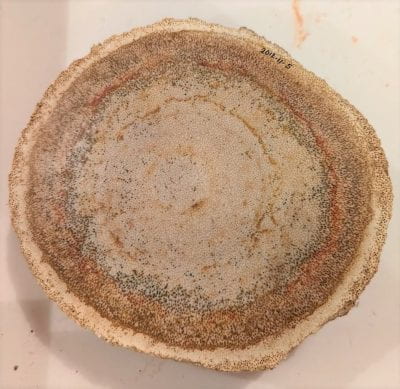Holiday Countdown
Day 10: Trees
Author: Ernest Gann is a sophomore majoring in Philosophy and minoring in Psychology and a Museum Advisory Council member.
Oh Christmas tree,
Oh Christmas tree.
If you’re familiar with Christmas songs, you’ve probably heard this one. It refers to the iconic tree that is a staple of Christmas décor. For those who may not be familiar with the tradition, allow me to elucidate.
The tradition of the Christmas tree seems to have originated during the Renaissance, in Germany. It then made its way through the Europeans nobility before coming to the Americas in 1781 by Hessian soldiers stationed in Quebec, Canada. One fun custom practiced in the US during the mid-20th Century was to wait until xmas eve to put up the tree. This way, when the kids wake up all excited for presents, they get the added joy of a beautifully decorated tree as well. (I prefer mine goes up on Dec 1st, though, so that I can enjoy it for a longer time, but that’s just me.)

A Christmas tree farm near New Germany, Nova Scotia. Author: Madereugeneandrew. Wikimedia Commons.
The tree used varies a great deal around the globe. In addition to the pine, as the tree it typically referred, Fir and Spruce trees are used. I’ve even heard of using a Sequoia as a Christmas trees. Seem like a lot of fun, but only if you want to spend the entire year decorating it! No matter which one you choose, they all go into a Christmas tree stand. Now, these are one of my favorite aspects of the tradition (aside from leaving it up into February) because as a little kid I would get to water the tree. This nifty little thing at the bottom not only provides support, it actually waters the tree, even though there aren’t any roots! Water is placed into the base and as the leaves transpire it creates a vacuum in the cellular tubes which pulls water up into the plant. Thus ensuring the tree doesn’t dry out, which would cause the needles to turn brown and fall off. Unlike deciduous trees, those who lose their leaves during winter, the needles of an evergreen can stay green for quite some time after they have been cut down. Providing water in this manners allows a tree to stay green indoors for quite a long time.
Those are just the live trees though and there are many other options. In fact, the variety in artificial trees is just as great as with live varieties. Giant inflatables meant to go in your front yard, reflective aluminum ones that come with a slowly rotating light that changes the color of the entire tree, a wide selection that mimics a live tree, and miniature ceramic trees (a favorite in dorm rooms due to how much space they don’t take up.) One of the cutest ones I’ve ever seen was about 1ft tall and comes not only with baubles sculpted into it, but changeable bulbs that really glowed.

A ceramic Christmas tree. Author: Tom Ipri. Flickr.
Speaking of lights and baubles brings me to my next topic: decorations! Again, variety rules the day when it comes to choosing what ornaments to hang on your tree. First on the tree are the lights. Christmas tree lights come on strands that can range from 1 solid color to multi-colored and from constantly on to blinking or even synced with music. These pay homage to a tradition of placing candles on the branches of the tree.
After the lights go up comes the tree ornaments. Listen, there are literally countless kinds of ornaments out there. There are stores in malls across America that survive predominantly on sales of ornaments at Christmas time. They have a little bit of everything to please everyone and some of these can appreciate in value to become valued collectables. Opposite store-bought, and a favorite for children, are handmade ones. Usually made in a school class, these can be handprints in clay, preserved sugar cookies with names & dates, framed photos, snowflakes cut out of construction paper, pinecones with glitter, the list goes on.
Here’s some of my favorite ornaments!

Author: Ernest Gann. Personal photograph.

Author: Ernest Gann. Personal photograph.
Next comes the great debate of Christmas tree decorations: tinsel. Some love it, some hate it. I, personally, think it’s beautiful, but absolutely hate the clean-up. So I actually have this debate with myself every year. The score is about even right now. Last, and certainly not least, is the tree topper. This pinnacle ornament which takes the place of honor at the top of the tree has historically been a star or an angel, but in recent years people have been switching it up and putting their own unique twists on it.
But the most important part of the Christmas tree has to be the presents underneath. Yes, all of this is mere window dressing. Appetizers before the main course. We use this tree to store our presents for Christmas day.

Related object from the U of A Museum collections: Large section of fossilized tree trunk of a palm tree.
Image Credits:
- A Christmas tree farm near New Germany, Nova Scotia. Madereugeneandrew. Wikimedia Commons.
- Ceramic Christmas Tree. Tom Ipri. Flickr.
- Close-up Christmas tree photographs. Ernest Gann. Personal photographs.